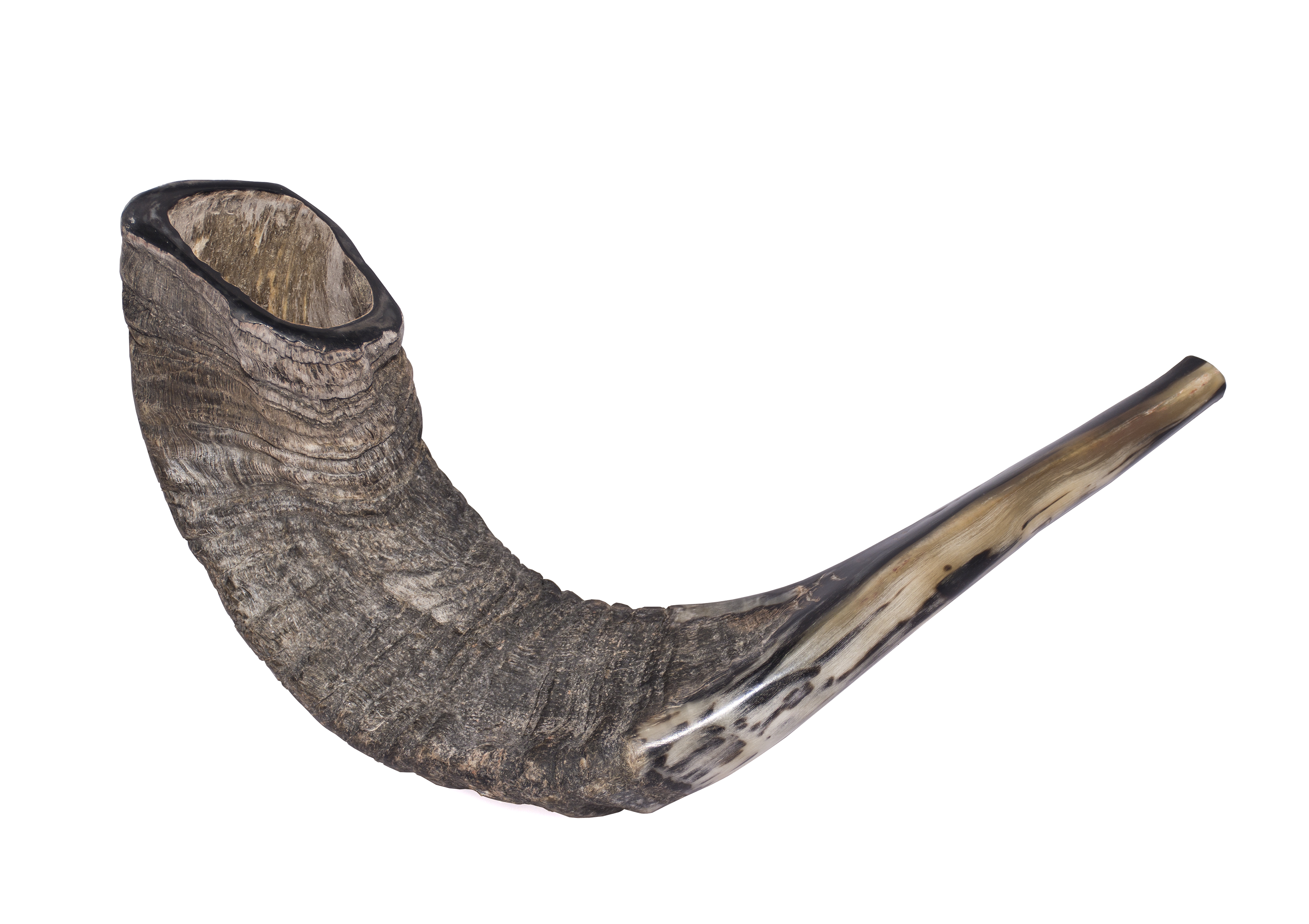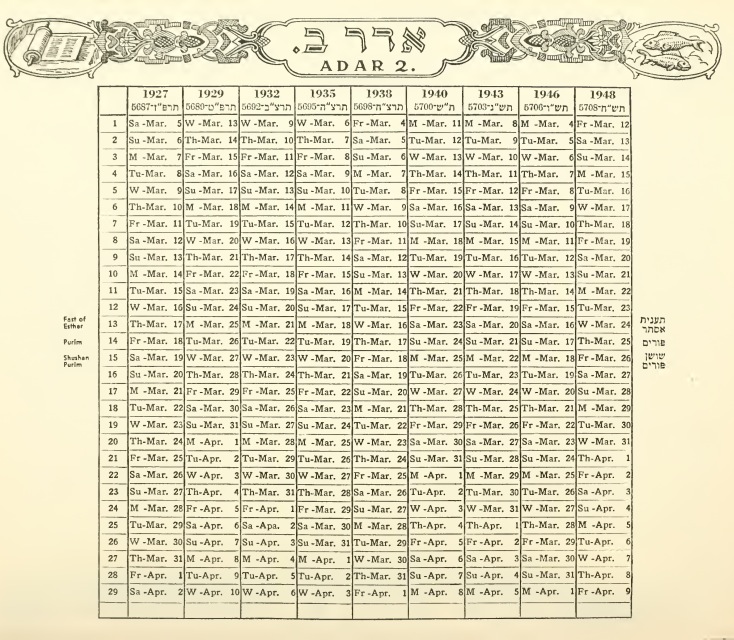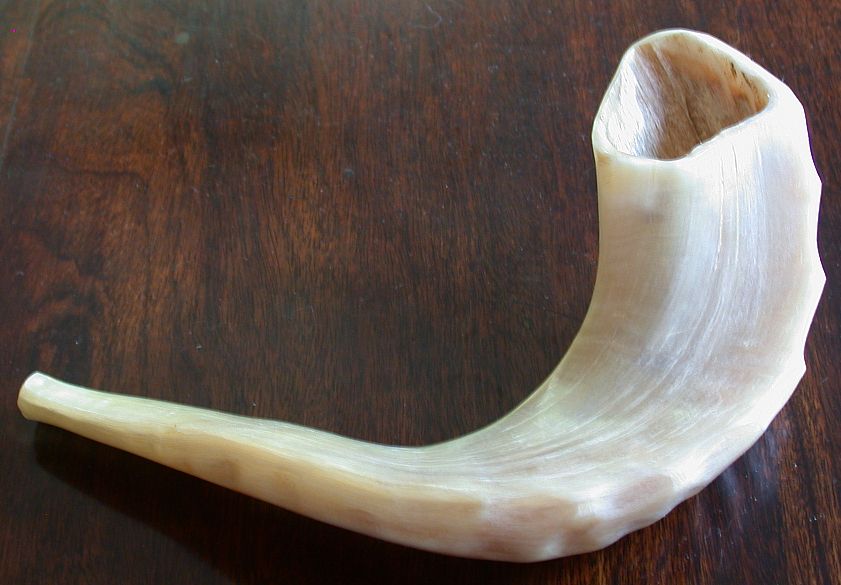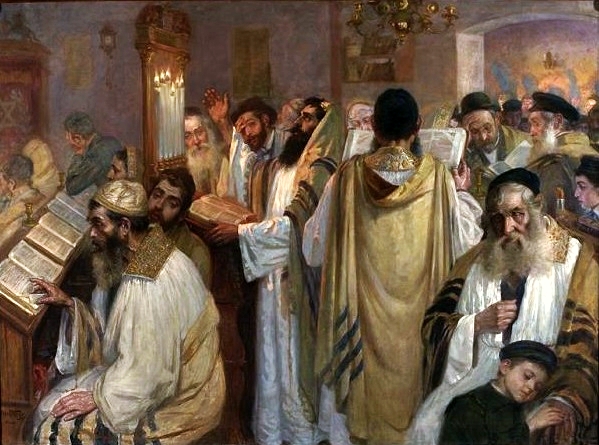|
Elul
Elul ( he, אֱלוּל, Standard ''ʾElūl'', Tiberian ''ʾĔlūl'') is the twelfth month of the Jewish civil year and the sixth month of the ecclesiastical year on the Hebrew calendar. It is a month of 29 days. Elul usually occurs in August–September on the Gregorian calendar. Etymology The name of the month Elul, like the names of the rest of the Hebrew calendar months, was brought from the Babylonian captivity, and originated from the Akkadian word for "harvest". A similar month name was also used in Akkadian, in the form ''Elūlu''. The month is known as Araḫ Ulūlu, "harvest month", in the Babylonian calendar. Eylül is also the name for September in Turkish; this is derived from ar, أيلول ''ʾAylūl'', used in Iraq and the Levant (see Arabic names of calendar months), from Classical Syriac ܐܝܼܠܘܼܠ ''ʾĪlūl'', also tracing its origin from the Akkadian word Elūlu. In Hebrew, a popular bacronym for Elul is from a verse in the Song of Songs "Ani LeDodi VeDo ... [...More Info...] [...Related Items...] OR: [Wikipedia] [Google] [Baidu] |
Rosh Hashanah
Rosh HaShanah ( he, רֹאשׁ הַשָּׁנָה, , literally "head of the year") is the Jewish New Year. The biblical name for this holiday is Yom Teruah (, , lit. "day of shouting/blasting") It is the first of the Jewish High Holy Days (, , "Days of Awe"), as specified by Leviticus 23:23–25, that occur in the late summer/early autumn of the Northern Hemisphere. Rosh Hashanah begins a ten-day period of penitence culminating in Yom Kippur, as well as beginning the cycle of autumnal religious festivals running through Sukkot and ending in Shemini Atzeret. Rosh Hashanah is a two-day observance and celebration that begins on the first day of Tishrei, which is the seventh month of the ecclesiastical year. In contrast to the ecclesiastical lunar new year on the first day of the first month Nisan, the spring Passover month which marks Israel's exodus from Egypt, Rosh Hashanah marks the beginning of the civil year, according to the teachings of Judaism, and is the traditio ... [...More Info...] [...Related Items...] OR: [Wikipedia] [Google] [Baidu] |
Shofar
A shofar ( ; from he, שׁוֹפָר, ) is an ancient musical horn typically made of a ram's horn, used for Jewish religious purposes. Like the modern bugle, the shofar lacks pitch-altering devices, with all pitch control done by varying the player's embouchure. The shofar is blown in synagogue services on Rosh Hashanah and at the end of Yom Kippur; it is also blown every weekday morning in the month of Elul running up to Rosh Hashanah. Shofars come in a variety of sizes and shapes, depending on the choice of animal and level of finish. Bible and rabbinic literature The shofar is mentioned frequently in the Hebrew Bible, the Talmud and rabbinic literature. In the first instance, in , the blast of a shofar emanating from the thick cloud on Mount Sinai makes the Israelites tremble in awe. The shofar was used to announce the new moon and the Jubilee year. The first day of Tishrei (now known as Rosh Hashana) is termed a "memorial of blowing", or "day of blowing", the shofar. ... [...More Info...] [...Related Items...] OR: [Wikipedia] [Google] [Baidu] |
Hebrew Calendar
The Hebrew calendar ( he, הַלּוּחַ הָעִבְרִי, translit=HaLuah HaIvri), also called the Jewish calendar, is a lunisolar calendar used today for Jewish religious observance, and as an official calendar of the state of Israel. It determines the dates for Jewish holidays and the appropriate Torah reading, public reading of Weekly Torah portion, Torah portions, ''yahrzeits'' (dates to commemorate the death of a relative), and daily Psalm readings, among many ceremonial uses. In Israel, it is used for religious purposes, provides a time frame for agriculture, and is an official calendar for civil holidays, alongside the Gregorian calendar. The present Hebrew calendar is the result of a process of development, including a Babylonian calendar, Babylonian influence. Until the Tannaitic period (approximately 10–220 Common Era, CE), the calendar employed a new lunar phase, crescent moon, with an Intercalation (timekeeping), additional month normally added every two or ... [...More Info...] [...Related Items...] OR: [Wikipedia] [Google] [Baidu] |
High Holy Days
The High Holidays also known as the High Holy Days, or Days of Awe in Judaism, more properly known as the Yamim Noraim ( he, יָמִים נוֹרָאִים, ''Yāmīm Nōrāʾīm''; "Days of Awe") #strictly, the holidays of Rosh HaShanah ("Jewish New Year") and Yom Kippur ("Day of Atonement"); #by extension, the period of ten days including those holidays, known also as the Ten Days of Repentance (''Aseret Yemei Teshuvah''); or, #by a further extension, the entire 40-day penitential period in the Jewish year from Rosh Chodesh Elul to Yom Kippur, traditionally taken to represent the forty days Moses spent on Mount Sinai before coming down with the second ("replacement") set of the Tablets of Stone. Etymology The term High Holy Days most probably derives from the popular English phrase, “high days and holydays”. The Hebrew equivalent, "''Yamim Noraim''" ( he, ימים נוראים), is neither Biblical nor Talmudic. Professor Ismar Elbogen, author of “Jewish Liturgy ... [...More Info...] [...Related Items...] OR: [Wikipedia] [Google] [Baidu] |
Shneur Zalman Of Liadi
Shneur Zalman of Liadi ( he, שניאור זלמן מליאדי, September 4, 1745 – December 15, 1812 O.S. / 18 Elul 5505 – 24 Tevet 5573) was an influential Lithuanian Jewish rabbi and the founder and first Rebbe of Chabad, a branch of Hasidic Judaism, then based in Liadi in Grand Duchy of Lithuania and later in the Grodno Governorate of the Russian Empire. He was the author of many works, and is best known for '' Shulchan Aruch HaRav'', '' Tanya'', and his ''Siddur Torah Or'' compiled according to the ''Nusach Ari''. Zalman is a Yiddish variant of Solomon and Shneur (or Shne'or) is a Yiddish composite of the two Hebrew words "shnei ohr" (שני אור "two lights"). Zalman of Liady is also known as "Shneur Zalman Baruchovitch," Baruchovitch being the Russian patronymic from his father Baruch, and by a variety of other titles and acronyms including "Baal HaTanya VeHaShulchan Aruch'" (Author of the Tanya and the Shulchan Aruch), "Alter Rebbe" ( Yiddish for ″Old Rabbi� ... [...More Info...] [...Related Items...] OR: [Wikipedia] [Google] [Baidu] |
Tishrei
Tishrei () or Tishri (; he, ''tīšrē'' or ''tīšrī''; from Akkadian ''tašrītu'' "beginning", from ''šurrû'' "to begin") is the first month of the civil year (which starts on 1 Tishrei) and the seventh month of the ecclesiastical year (which starts on 1 Nisan) in the Hebrew calendar. The name of the month is Babylonian. It is a month of 30 days. Tishrei usually occurs in September–October on the Gregorian calendar. In the Hebrew Bible, before the Babylonian Exile, the month is called Ethanim ( he, אֵתָנִים – ). In the Babylonian calendar the month is known as Araḫ Tišritum, "Month of Beginning" (of the second half-year). Edwin R. Thiele has concluded, in '' The Mysterious Numbers of the Hebrew Kings'', that the ancient Kingdom of Judah counted years using the civil year starting in Tishrei, while the Kingdom of Israel counted years using the ecclesiastical new year starting in Nisan. Tishrei is the month used for the counting of the epoch year – ... [...More Info...] [...Related Items...] OR: [Wikipedia] [Google] [Baidu] |
Psalms
The Book of Psalms ( or ; he, תְּהִלִּים, , lit. "praises"), also known as the Psalms, or the Psalter, is the first book of the ("Writings"), the third section of the Tanakh, and a book of the Old Testament. The title is derived from the Greek translation, (), meaning "instrumental music" and, by extension, "the words accompanying the music". The book is an anthology of individual Hebrew religious hymns, with 150 in the Jewish and Western Christian tradition and more in the Eastern Christian churches. Many are linked to the name of David, but modern mainstream scholarship rejects his authorship, instead attributing the composition of the psalms to various authors writing between the 9th and 5th centuries BC. In the Quran, the Arabic word ‘Zabur’ is used for the Psalms of David in the Hebrew Bible. Structure Benedictions The Book of Psalms is divided into five sections, each closing with a doxology (i.e., a benediction). These divisions were probably introdu ... [...More Info...] [...Related Items...] OR: [Wikipedia] [Google] [Baidu] |
Ecclesiastical Year
The liturgical year, also called the church year, Christian year or kalendar, consists of the cycle of liturgical seasons in Christian churches that determines when feast days, including celebrations of saints, are to be observed, and which portions of Scripture are to be read either in an annual cycle or in a cycle of several years. Distinct liturgical colours may be used in connection with different seasons of the liturgical year. The dates of the festivals vary somewhat among the different churches, although the sequence and logic is largely the same. Liturgical cycle The liturgical cycle divides the year into a series of seasons, each with their own mood, theological emphases, and modes of prayer, which can be signified by different ways of decorating churches, colours of paraments and vestments for clergy, scriptural readings, themes for preaching and even different traditions and practices often observed personally or in the home. In churches that follow the liturg ... [...More Info...] [...Related Items...] OR: [Wikipedia] [Google] [Baidu] |
Babylonian Calendar
The Babylonian calendar was a lunisolar calendar with years consisting of 12 lunar months, each beginning when a new lunar phase, crescent moon was first sighted low on the western horizon at sunset, plus an intercalary month inserted as needed by decree. The calendar is based on a Sumerian (Third Dynasty of Ur) predecessor preserved in the Umma calendar of Shulgi (c. 21st century BC). Months The year begins in spring, and is divided into ''reš šatti'' "beginning", ''mišil šatti'' "middle", and ''qīt šatti'' "end of the year". The word for "month" was ''arḫu'' (construct state ''araḫ''). The chief deity of the Assyrians is assigned the surplus intercalary month, showing that the calendar originates in Babylonian, and not later Assyrian times. During the 6th century BC Babylonian captivity of the Jews, the Babylonian month names were adopted into the Hebrew calendar. In Iraq and the Levant the Gregorian solar calendar is used with these names replacing the Latin ones ... [...More Info...] [...Related Items...] OR: [Wikipedia] [Google] [Baidu] |
Yom Kippur
Yom Kippur (; he, יוֹם כִּפּוּר, , , ) is the holiest day in Judaism and Samaritanism. It occurs annually on the 10th of Tishrei, the first month of the Hebrew calendar. Primarily centered on atonement and repentance, the day's observances consist of full fasting and ascetic behavior accompanied by intensive prayer as well as sin confessions (traditionally inside of a synagogue). Alongside the related holiday of Rosh HaShanah, Yom Kippur is one of the two components of the " High Holy Days" of Judaism. Etymology () means "day" in Hebrew and () is translated to "atonement". The common English translation of Yom Kippur is Day of Atonement; however, this translation lacks precision. The name Yom Kippur is based on the Torah verse, "...but on the 10th day of the seventh month it is the day of ''kippurim'' unto you..." The literal translation of ''kippurim'' is cleansing. Yom Kippur is a Jewish day to atone for misdeeds and become cleansed and purified from ... [...More Info...] [...Related Items...] OR: [Wikipedia] [Google] [Baidu] |
Aramaic
The Aramaic languages, short Aramaic ( syc, ܐܪܡܝܐ, Arāmāyā; oar, 𐤀𐤓𐤌𐤉𐤀; arc, 𐡀𐡓𐡌𐡉𐡀; tmr, אֲרָמִית), are a language family containing many varieties (languages and dialects) that originated in the ancient region of Syria. For over three thousand years, It is a sub-group of the Semitic languages. Aramaic varieties served as a language of public life and administration of ancient kingdoms and empires and also as a language of divine worship and religious study. Several modern varieties, namely the Neo-Aramaic languages, are still spoken in the present-day. The Aramaic languages belong to the Northwest group of the Semitic language family, which also includes the Canaanite languages such as Hebrew, Edomite, Moabite, and Phoenician, as well as Amorite and Ugaritic. Aramaic languages are written in the Aramaic alphabet, a descendant of the Phoenician alphabet, and the most prominent alphabet variant is the Syriac alphab ... [...More Info...] [...Related Items...] OR: [Wikipedia] [Google] [Baidu] |
Minhag
''Minhag'' ( he, מנהג "custom", classical pl. מנהגות, modern pl. , ''minhagim'') is an accepted tradition or group of traditions in Judaism. A related concept, '' Nusach'' (), refers to the traditional order and form of the prayers. Etymology The Hebrew root N-H-G () means primarily "to drive" or, by extension, "to conduct (oneself)". The actual word ''minhag'' appears twice in the Hebrew Bible, both times in the same verse, and translated as "driving": Homiletically, one could argue that the use of the word ''minhag'' in Jewish law reflects its Biblical Hebrew origins as "the (manner of) driving (a chariot)". Whereas ''Halakha'' (law), from the word for walking-path, means the path or road set for the journey, ''minhag'' (custom), from the word for driving, means the manner people have developed themselves to travel down that path more quickly. The present use of ''minhag'' for custom may have been influenced by the Arabic ''minhaj'', though in current Islamic ... [...More Info...] [...Related Items...] OR: [Wikipedia] [Google] [Baidu] |





